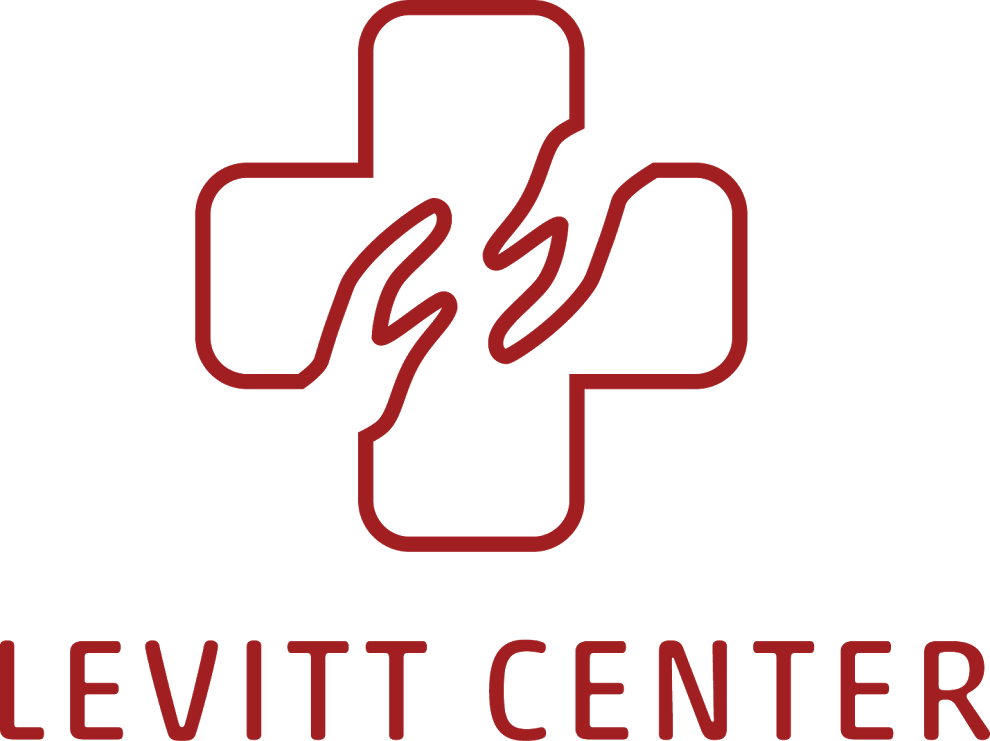Looking beyond technology to shape the emergency department of the future
By HARRISON ALTER SEPTEMBER 27, 2017
This article originally appeared on STAT [https://www.statnews.com/2017/09/27/emergency-medicine-social-factors/] on 9/27/2017.
Not long ago, I attended a lecture given by a highly regarded emergency physician. His talk, “The Future of Emergency Medicine,” focused on how advances in telemedicine will transform emergency care. The following week, as I walked down a corridor at the back of my hospital, I passed seven telemedicine robots, each with a hastily scrawled “Out of Order” note taped to its screen. That captured my uneasy feelings about how interacting with a patient via internet video link would work in the poor neighborhoods served by my emergency department.
I work with a loose-knit group of emergency physicians who embrace a different future for emergency care. Called social emergency medicine, it fully integrates patients’ social contexts into their emergency care. This approach doesn’t just make note of the fact that a patient with asthma may witness a shooting on her street corner, but incorporates how her exposure to community violence may profoundly affect how she recovers — and also helps her think through strategies to cope.
Access to enough nutritious food, stable housing, neighborhoods free of violence and human exploitation, and other elements like these that are so central to our patients’ lives have long been thought of as peripheral to the patient’s chief complaint, maybe warranting a tossed-off referral to a social worker. They are often deemed far less important than what the latest expensive machine has to say about it. It turns out, though, that these social determinants of health, as they are sometimes known, are absolutely essential.
Take Alice, for example. A middle-aged mother of four, she was brought to our emergency department by ambulance on an involuntary psychiatric hold for suicidal thoughts. The paramedics told us they had been called by the local housing authority, where she’d had a meltdown in the waiting room, screaming that she was going to kill herself. By the time a resident physician went to see her, she had been searched for a weapon, placed in a gown, and pinned to the gurney with leather restraints to prevent her from harming herself — standard procedure for patients on the psychiatric hold known as a 5150 by its position in the California Health and Welfare Code.
Alice’s doctor, a pioneer in social emergency medicine and also a lawyer, walked out of Alice’s room after a few minutes. “That woman doesn’t need a psychiatrist,” he fumed. “She needs a lawyer!”
It turns out that during her visit to the housing authority, Alice had been told that, due to a series of bureaucratic missteps, she was about to lose her Section 8 housing voucher, which meant she would soon be homeless. Panicked and desperate, she couldn’t think of any plan other than to threaten suicide right there in the housing authority waiting room.
To assist patients like Alice, my colleagues and I launched Highland Health Advocates, a sort of help desk for health-related social needs that sits right outside our emergency department. Staffed by trained volunteers, most of them undergraduates from nearby universities and overseen by social workers and lawyers, it supports patients from our emergency department and elsewhere in the hospital as they navigate problems with transportation, food, public benefits, and housing.
After Alice saw a psychiatrist, who canceled the 5150, we urged her to go to the help desk. There, with representation from one of our legal partners, she was able to get her voucher reinstated, ending her nightmare.
The concept of physicians writing prescriptions for healthy food, pioneered by Dr. H. Jack Geiger in Mound Bayou, Miss., in the 1960s, was once thought of as the purview of social justice warriors. Today, emergency departments like ours and clinics all over the country are partnering with community-supported agriculture cooperatives and farmers markets to do just that. It’s a way to use the health care system to overcome the food desert phenomenon common to patients in the urban areas as well as in rural Mississippi.
Our health care system doesn’t serve everyone well. Technology may be part of the fix, but it alone doesn’t hold the answers. We must find ways of using technology to improve the care of our patients, but we can’t let it lead us. Understanding the social forces that influence our patients’ health and disease, and pushing back on these forces with the same kind of thoughtfulness and care that we apply to selecting the right medication or performing the right procedure, must also be part of the future of emergency medicine.
Harrison Alter, M.D., is an emergency physician in Oakland, Calif., and executive director of the Andrew Levitt Center for Social Emergency Medicine.
